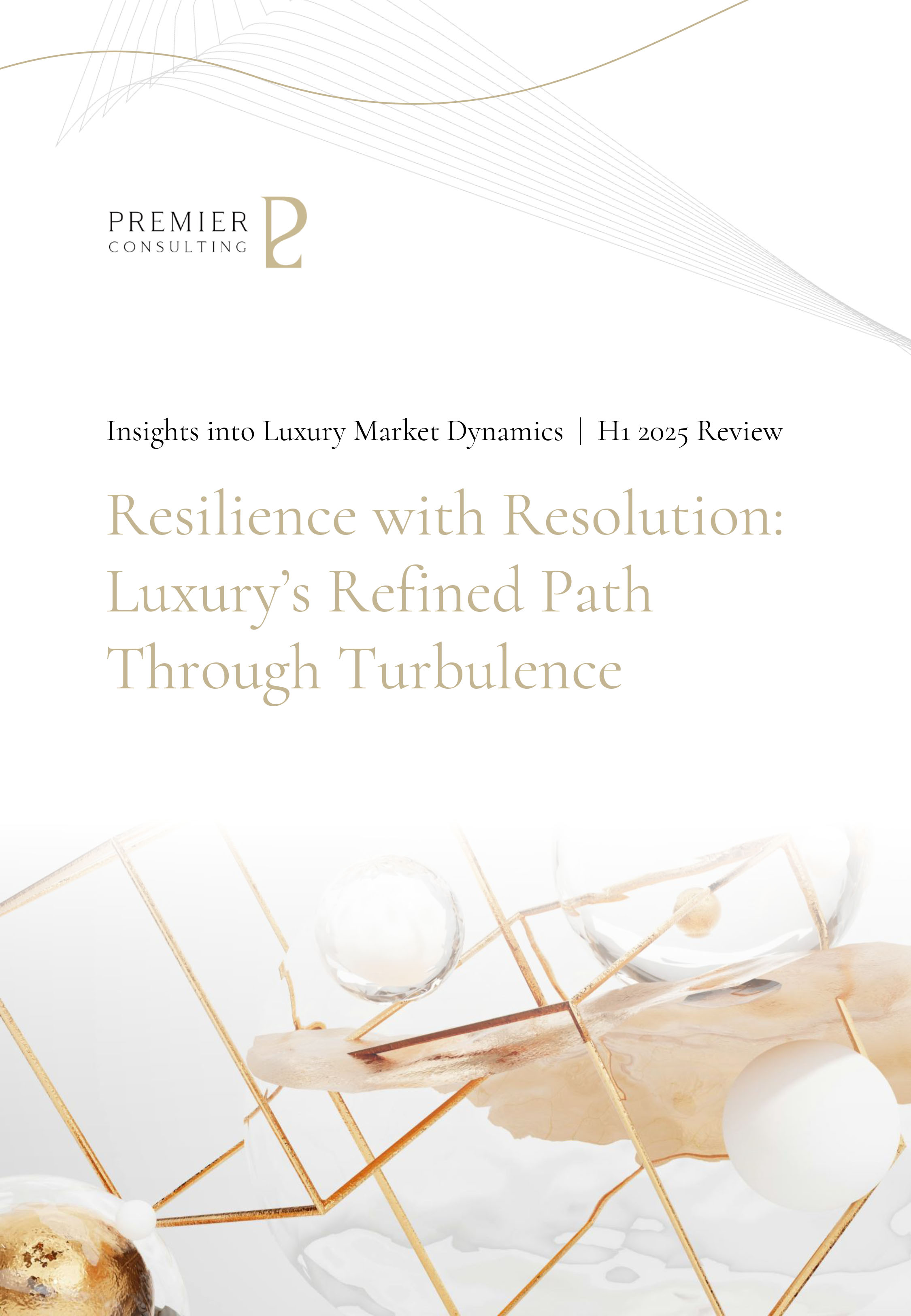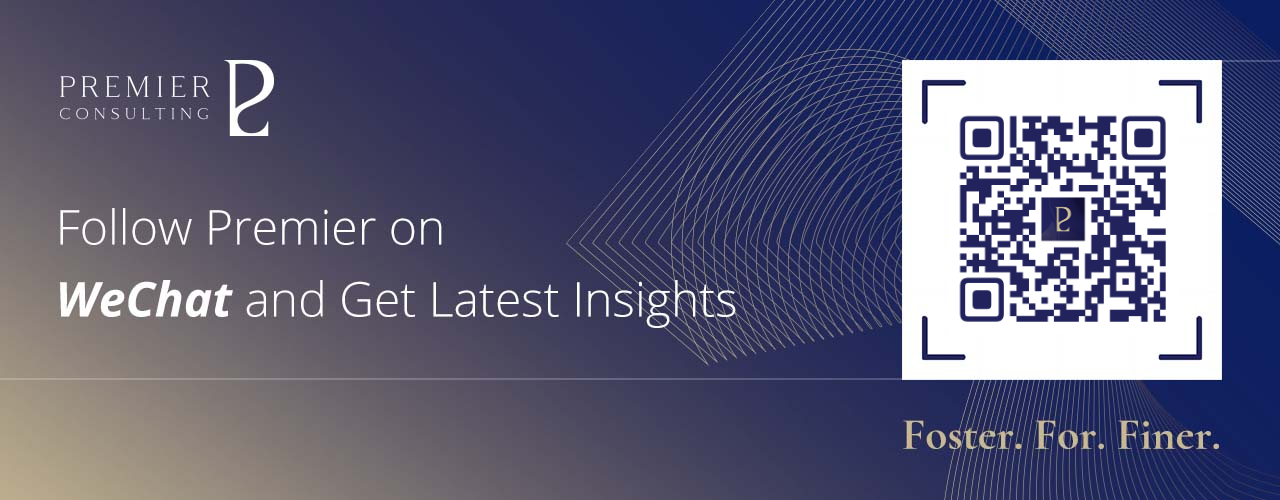
Resilience with Resolution:
Luxury’s Refined Path Through Turbulence
Resilience with Resolution:
Luxury’s Refined Path Through Turbulence

Resilience with Resolution:
Luxury’s Refined Path Through Turbulence
Dec 10, 2025
A strategic scan of the defining market forces shaping the luxury sector and A focused lens on directional trends and behavioral shifts, illustrated through defining luxury movements in H1 2025.
In the first half of 2025, the luxury market confronted a multifaceted environment marked by softening demand, geopolitical uncertainty, and evolving consumer expectations. Traditional revenue drivers faced headwinds from U.S. tariffs and cautious spending, compelling leading luxury brands to pivot from transactional sales toward experiential and emotional engagement.
In response, the industry exhibited refined resilience: doubling down on hyper-local storytelling, technology-enabled intimacy, and elevated direct-to-consumer channels to preserve desirability and margin integrity across a fragmented global terrain.
Looking ahead to the second half of the year, luxury’s path forward will be shaped by resolved intent and strategic conviction.
Heritage-led maisons such as Hermès and Chanel are set to deepen their investment in craftsmanship as a long-term anchor of brand value. Concurrently, Richemont will continue to elevate its focus on curating and narrating its savoir‑faire to convert artisanal mastery into enduring loyalty. Prada is expected to further amplify its “Made in Italy” identity as a core point of distinction, while groups like Kering stand at a pivotal juncture—tasked with demonstrating whether holistic reinvention can effectively counter market headwinds. LVMH, meanwhile, is to test whether family‑led centralization can leverage dynastic cohesion to sustain performance amid softening demand and external pressures.
Key themes on the horizon include the rise of “glocal” strategies that weave local cultural resonance into globally coherent narratives; the transition of technologies like blockchain and AI from novelty to necessity, underpinning authenticity and personalization; and a renewed emphasis on founder-led stewardship as a means of safeguarding brand DNA in an era marked by consolidation and scale.
True resilience in luxury will lie with who act with steady resolution to balance exclusivity with prevalency—preserving allure while extending reach, and embracing disruption as a springboard for transformation.
DOWNLOADS

Full Report (37 pages)










